Code
HCS30596
Weight
300 gm / 0.66 lbs
Size
Height
88cm (35") Width
70cm (28") Material
cotton canvas
Availability
Available

Safe Payment
We accept Paypal, Money Transfer, Bank Transfer
Confidence
Protection covers your purchase and personal data.
Worldwide Delivery
We ship Worldwide, except Russia.Shipping cost US$25.2 for upto 0.5 kgs

Hotline
Talk to help line for your question on 9841267335Buddha Gaya : One Hundred Jataka
The Buddhist Thangka painting known as "One Hundred Jataka" depicts the sacred site of Buddha Gaya and illustrates the stories of the Buddha's previous lives, which are known as Jataka tales. This particular Thangka is a visual representation of the rich narrative tradition of the Jataka tales and holds significant cultural and religious value in Buddhism.
Buddha Gaya, also known as Bodh Gaya, is a renowned pilgrimage site located in the Indian state of Bihar. It is the place where Gautama Buddha, the historical Buddha, attained enlightenment under the Bodhi tree. The site is considered one of the most sacred places for Buddhists and attracts pilgrims from all over the world. Read More . . .
The Buddhist Thangka painting known as "One Hundred Jataka" depicts the sacred site of Buddha Gaya and illustrates the stories of the Buddha's previous lives, which are known as Jataka tales. This particular Thangka is a visual representation of the rich narrative tradition of the Jataka tales and holds significant cultural and religious value in Buddhism.
Buddha Gaya, also known as Bodh Gaya, is a renowned pilgrimage site located in the Indian state of Bihar. It is the place where Gautama Buddha, the historical Buddha, attained enlightenment under the Bodhi tree. The site is considered one of the most sacred places for Buddhists and attracts pilgrims from all over the world. Read More . . .
Use of Real Gold
This thangka of Shakyamuni Thangka, Tibetan Buddhist Art, Hand Painted, [real Gold], One Hundred Jataka Tales, [newari], [buddha Gaya] has real gold painted on its surface along with other paints. This is an ancient process of decorating the thangka in Tibetan Buddhism, Here gold is ground into gold dust, which is then mixed with other undisclosed material to make it paintable on the canvas. this mixture is then mixed with transparent glue and painted on the thangka. Read More . . .
This thangka of Shakyamuni Thangka, Tibetan Buddhist Art, Hand Painted, [real Gold], One Hundred Jataka Tales, [newari], [buddha Gaya] has real gold painted on its surface along with other paints. This is an ancient process of decorating the thangka in Tibetan Buddhism, Here gold is ground into gold dust, which is then mixed with other undisclosed material to make it paintable on the canvas. this mixture is then mixed with transparent glue and painted on the thangka. Read More . . .
Introduction to Thangka
A thangka, also known as tangka, thanka, or tanka, is a vibrant and intricate Tibetan Buddhist painting that serves as a visual representation of spiritual teachings. Crafted with meticulous detail on cotton or silk appliqué, thangkas depict a wide range of subjects including Buddhist deities, sacred scenes, mandalas, and narrative stories. These sacred artworks are traditionally kept unframed and rolled up for storage, resembling ancient scrolls. To protect their delicate nature, thangkas are mounted on textile backings and often adorned with a silk cover on the front. Proper preservation in dry environments is crucial to maintain the integrity and longevity of the silk. Read More . . .
A thangka, also known as tangka, thanka, or tanka, is a vibrant and intricate Tibetan Buddhist painting that serves as a visual representation of spiritual teachings. Crafted with meticulous detail on cotton or silk appliqué, thangkas depict a wide range of subjects including Buddhist deities, sacred scenes, mandalas, and narrative stories. These sacred artworks are traditionally kept unframed and rolled up for storage, resembling ancient scrolls. To protect their delicate nature, thangkas are mounted on textile backings and often adorned with a silk cover on the front. Proper preservation in dry environments is crucial to maintain the integrity and longevity of the silk. Read More . . .
About Buddha :
Gautama Buddha, popularly known as the Buddha, He is regarded as the founder of the world religion of Buddhism, and revered by most Buddhist schools as a savior, the Enlightened One who rediscovered an ancient path to release clinging and craving and escape the cycle of birth and rebirth. He taught for around 45 years and built a large following, both monastic and lay. His teaching is based on his insight into the arising of duḥkha and the ending of duhkha the state called Nirvana
The Buddha was born into an aristocratic family in the Shakya clan but eventually renounced lay life. According to Buddhist tradition, after several years of mendicancy, meditation, and asceticism, he awakened to understand the mechanism which keeps people trapped in the cycle of rebirth. The Buddha then traveled throughout the Ganges plain teaching and building a religious community. The Buddha taught a middle way between sensual indulgence and the severe asceticism found in the Indian śramaṇa movement. He taught a training of the mind that included ethical training, self-restraint, and meditative practices such as jhana and mindfulness. The Buddha also critiqued the practices of Brahmin priests, such as animal sacrifice and the caste system.
A couple of centuries after his death he came to be known by the title Buddha, which means "Awakened One" or "Enlightened One". Gautama's teachings were compiled by the Buddhist community in the Vinaya, his codes for monastic practice, and the Suttas, texts based on his discourses. These were passed down in Middle-Indo Aryan dialects through an oral tradition. Later generations composed additional texts, such as systematic treatises known as Abhidharma, biographies of the Buddha, collections of stories about the Buddha's past lives known as Jataka tales, and additional discourses, i.e. the Mahayana sutras.
A couple of centuries after his death he came to be known by the title Buddha, which means "Awakened One" or "Enlightened One". Gautama's teachings were compiled by the Buddhist community in the Vinaya, his codes for monastic practice, and the Suttas, texts based on his discourses. These were passed down in Middle-Indo Aryan dialects through an oral tradition. Later generations composed additional texts, such as systematic treatises known as Abhidharma, biographies of the Buddha, collections of stories about the Buddha's past lives known as Jataka tales, and additional discourses, i.e. the Mahayana sutras.


![Shakyamuni Thangka, Tibetan Buddhist Art, Hand Painted, [real Gold], One Hundred Jataka Tales, [newari], [buddha Gaya]](https://handicraftseller.com/uploads/pics/product/thumb/2023/08/30596_1.jpg)
![Shakyamuni Thangka, Tibetan Buddhist Art, Hand Painted, [real Gold], One Hundred Jataka Tales, [newari], [buddha Gaya]](https://handicraftseller.com/uploads/pics/product/thumb/2023/08/30596_2.jpg)
![Shakyamuni Thangka, Tibetan Buddhist Art, Hand Painted, [real Gold], One Hundred Jataka Tales, [newari], [buddha Gaya]](https://handicraftseller.com/uploads/pics/product/thumb/2023/08/30596_3.jpg)
![Shakyamuni Thangka, Tibetan Buddhist Art, Hand Painted, [real Gold], One Hundred Jataka Tales, [newari], [buddha Gaya]](https://handicraftseller.com/uploads/pics/product/thumb/2023/08/30596_4.jpg)
![Shakyamuni Thangka, Tibetan Buddhist Art, Hand Painted, [real Gold], One Hundred Jataka Tales, [newari], [buddha Gaya]](https://handicraftseller.com/uploads/pics/product/thumb/2023/08/30596_5.jpg)
![Shakyamuni Thangka, Tibetan Buddhist Art, Hand Painted, [real Gold], One Hundred Jataka Tales, [newari], [buddha Gaya]](https://handicraftseller.com/uploads/pics/product/thumb/2023/08/30596.jpg)
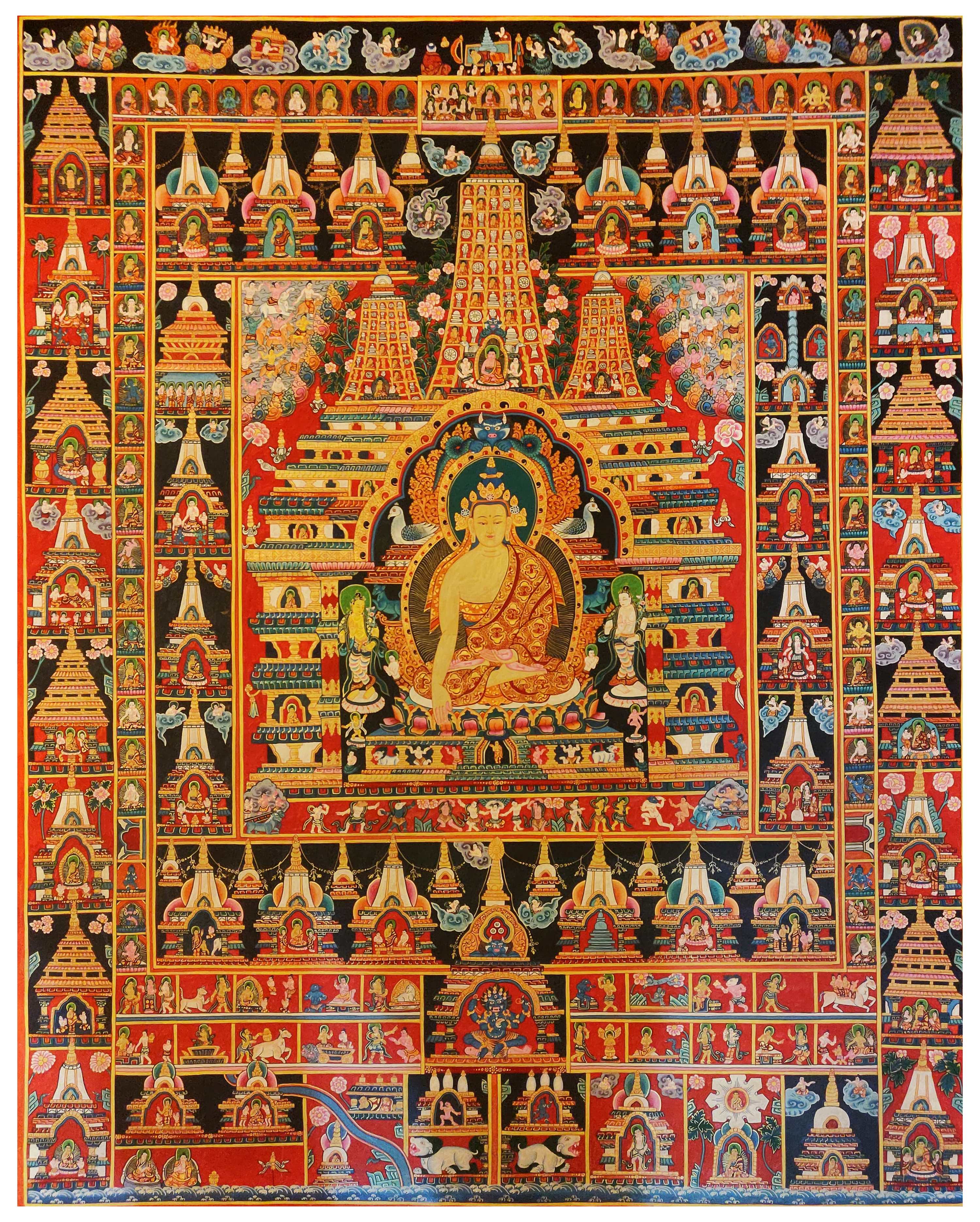









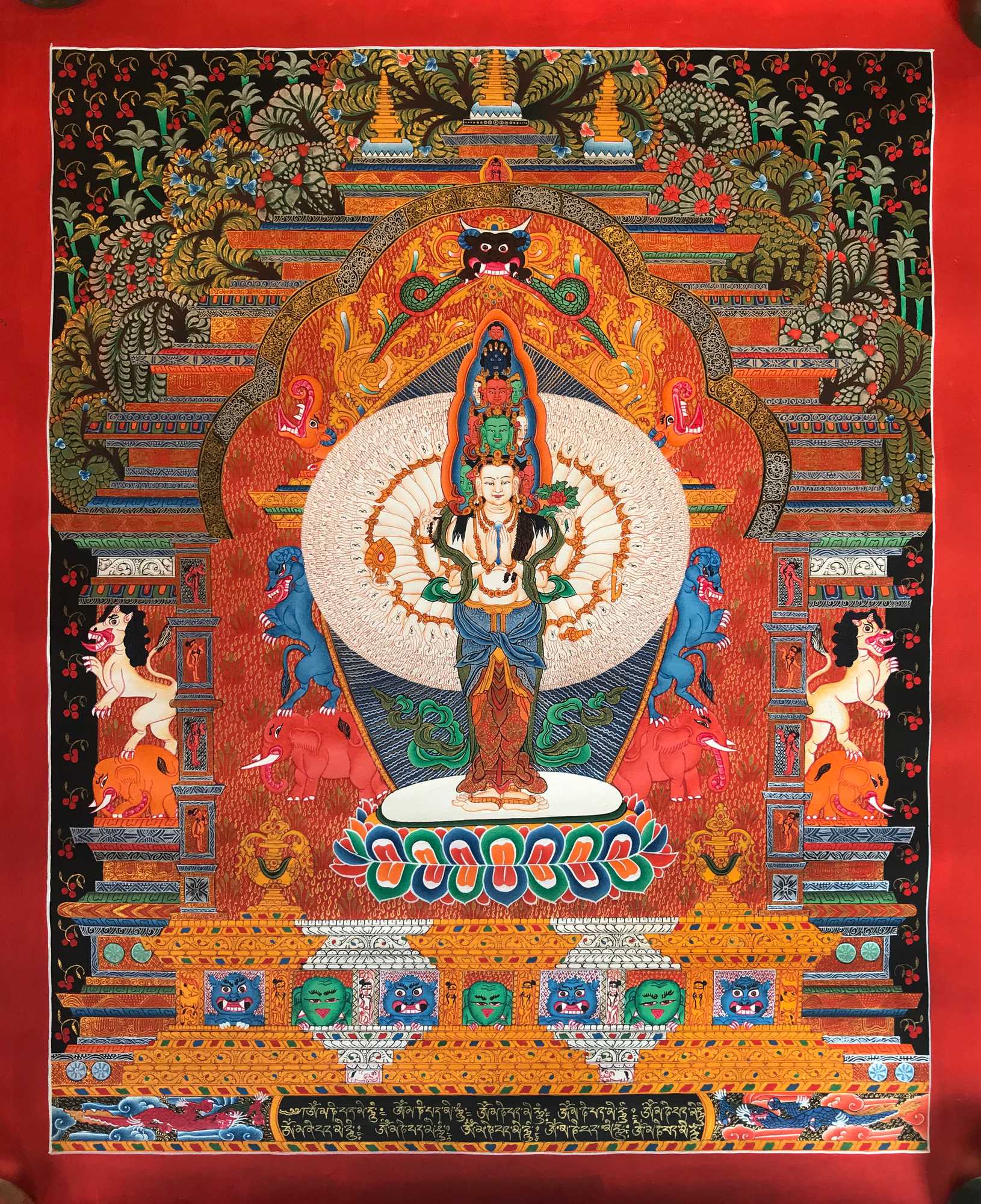 of Sahasrabhuja Avalokitesvara In
of Sahasrabhuja Avalokitesvara In 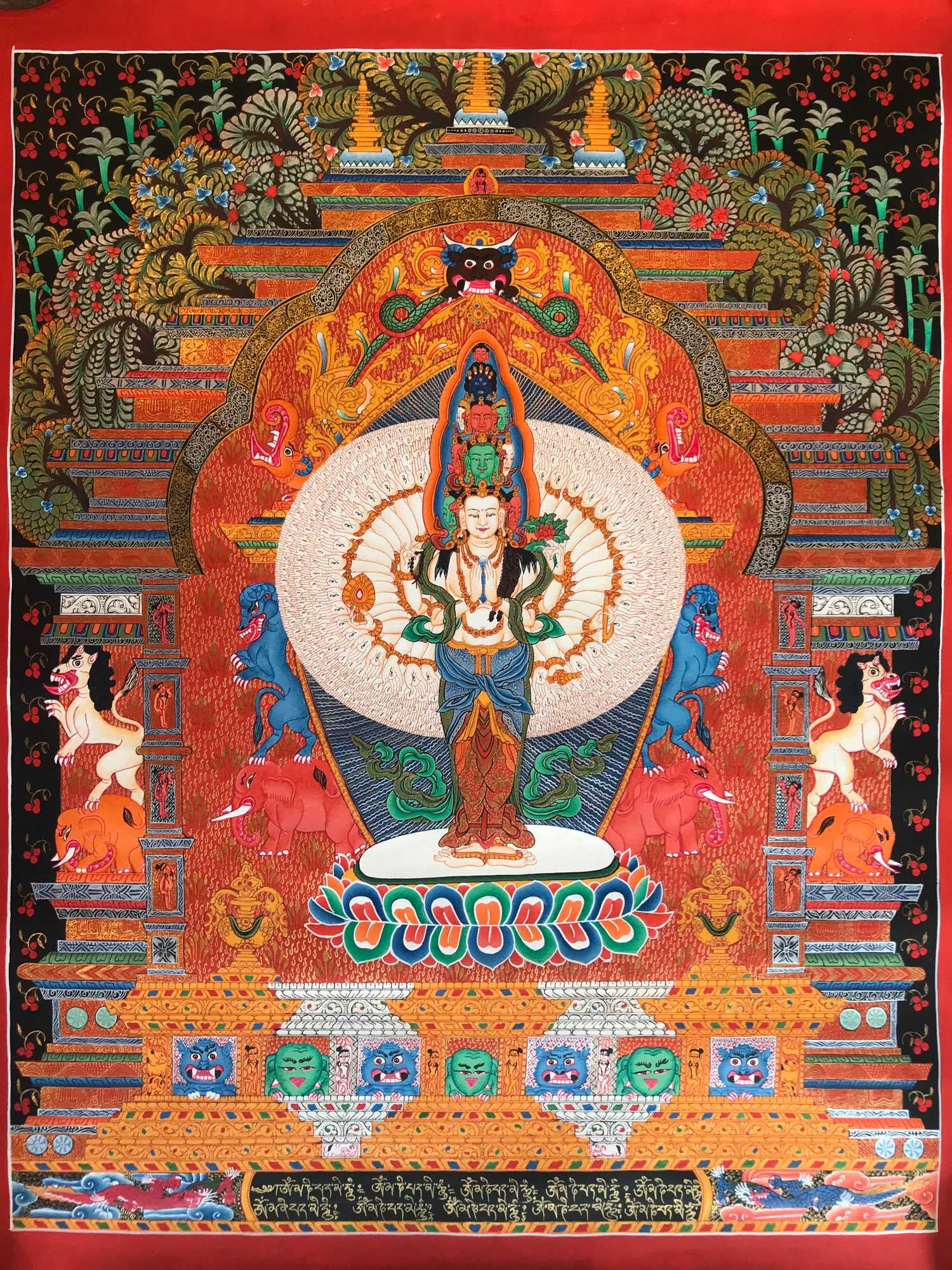 of Sahasrabhuja Avalokitesvara In
of Sahasrabhuja Avalokitesvara In 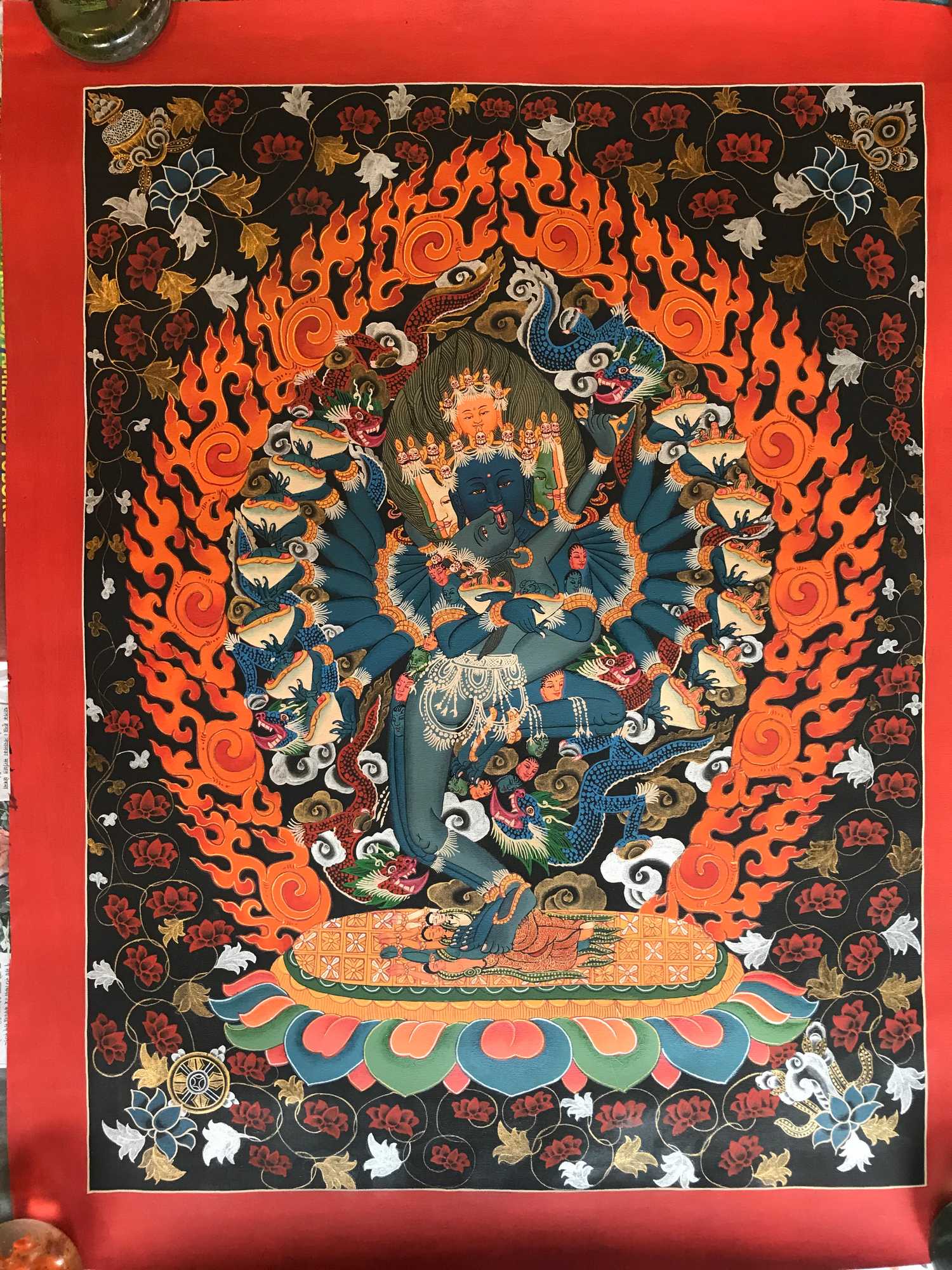 of Hevajra - Heruka
of Hevajra - Heruka 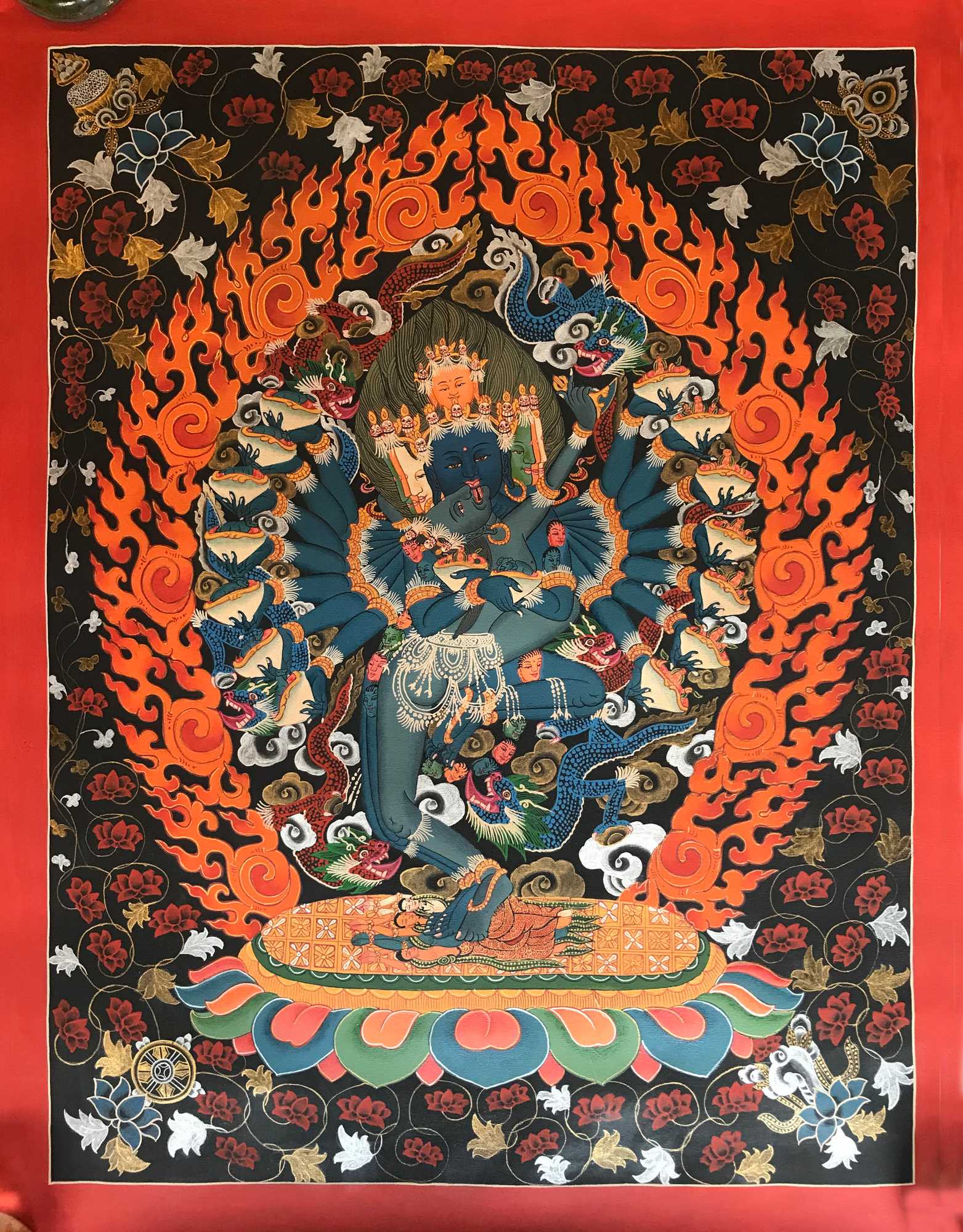 of Hevajra - Heruka
of Hevajra - Heruka 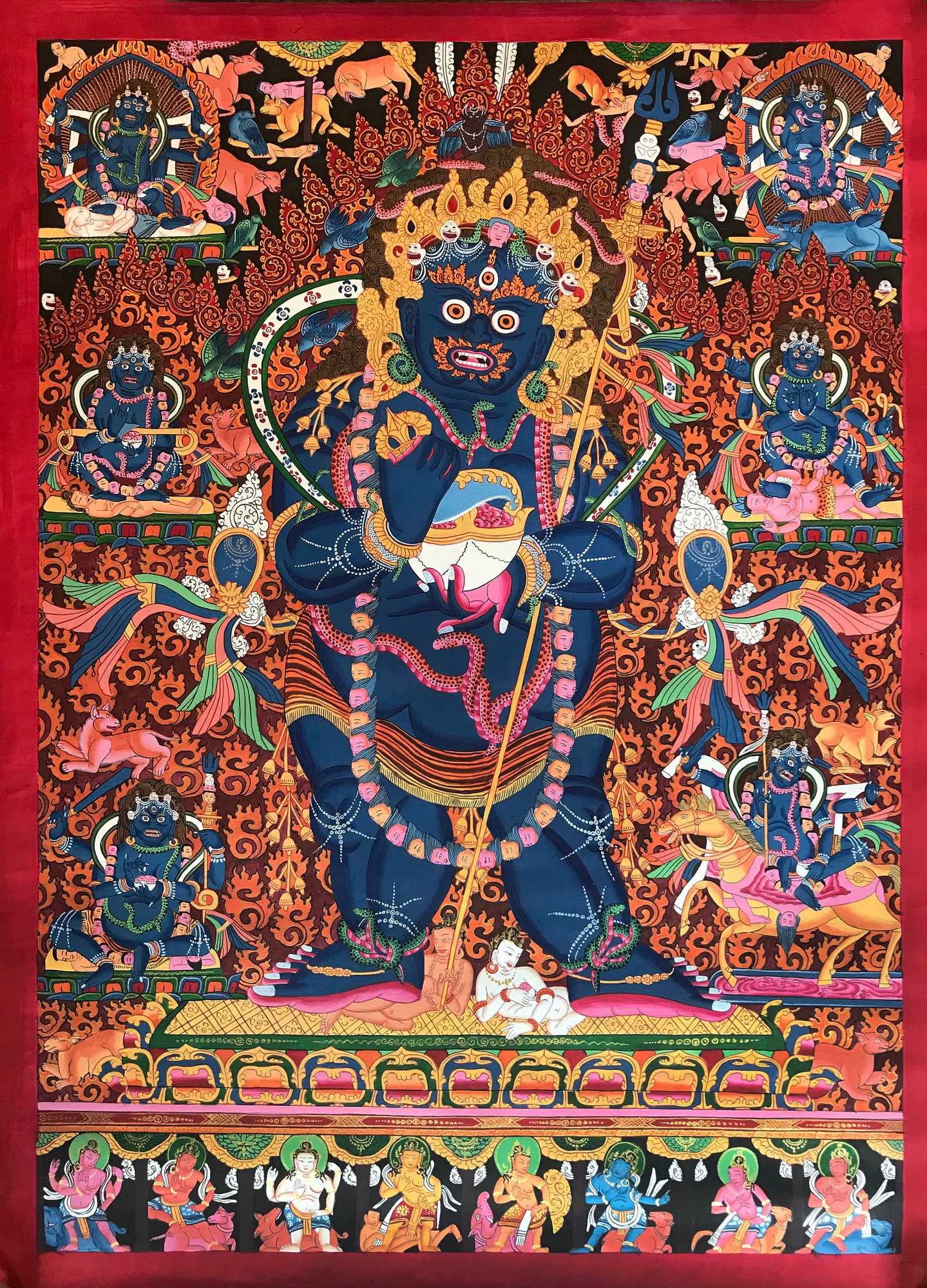 of Mahakala Panjaranatha In
of Mahakala Panjaranatha In 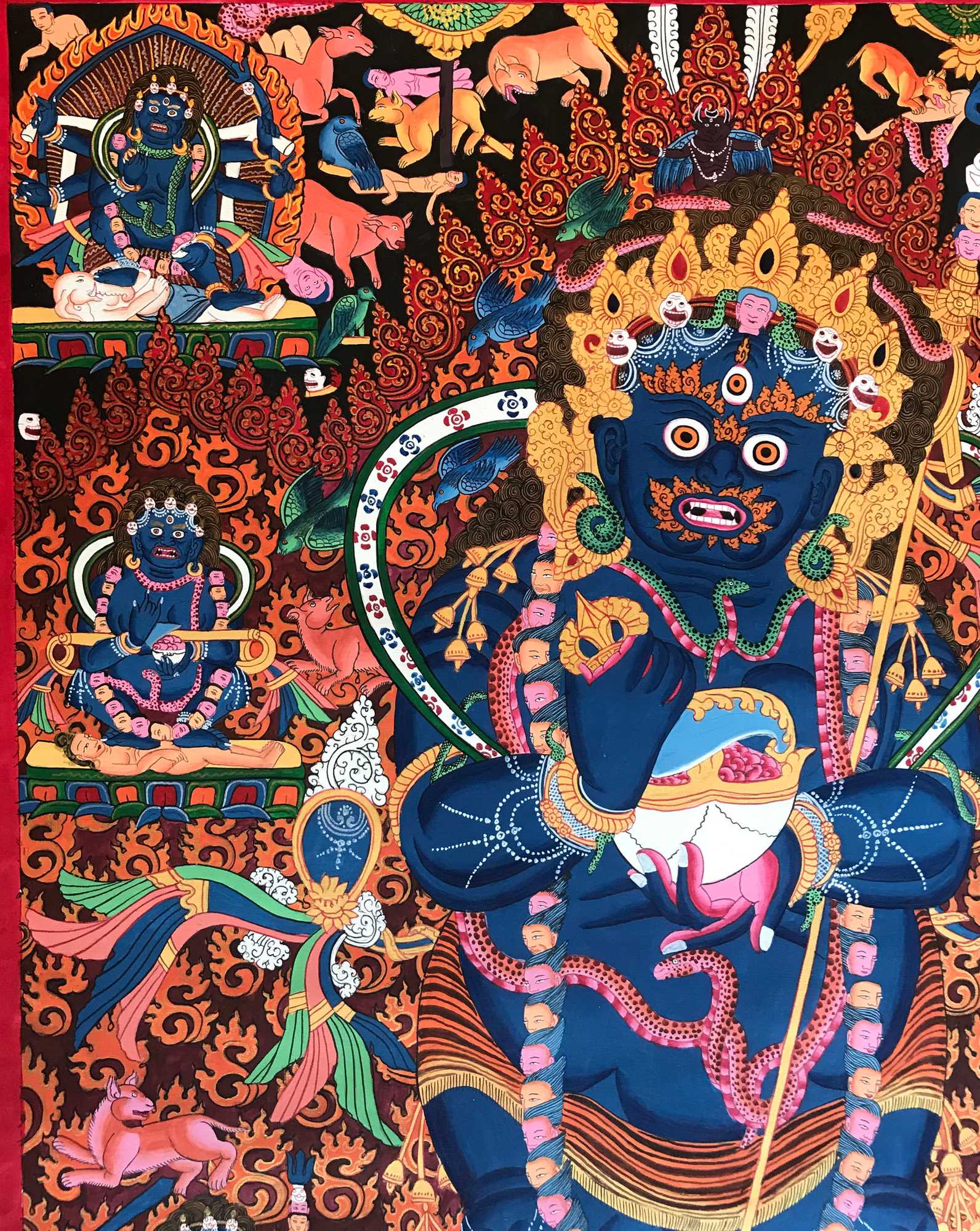 of Mahakala Panjaranatha In
of Mahakala Panjaranatha In 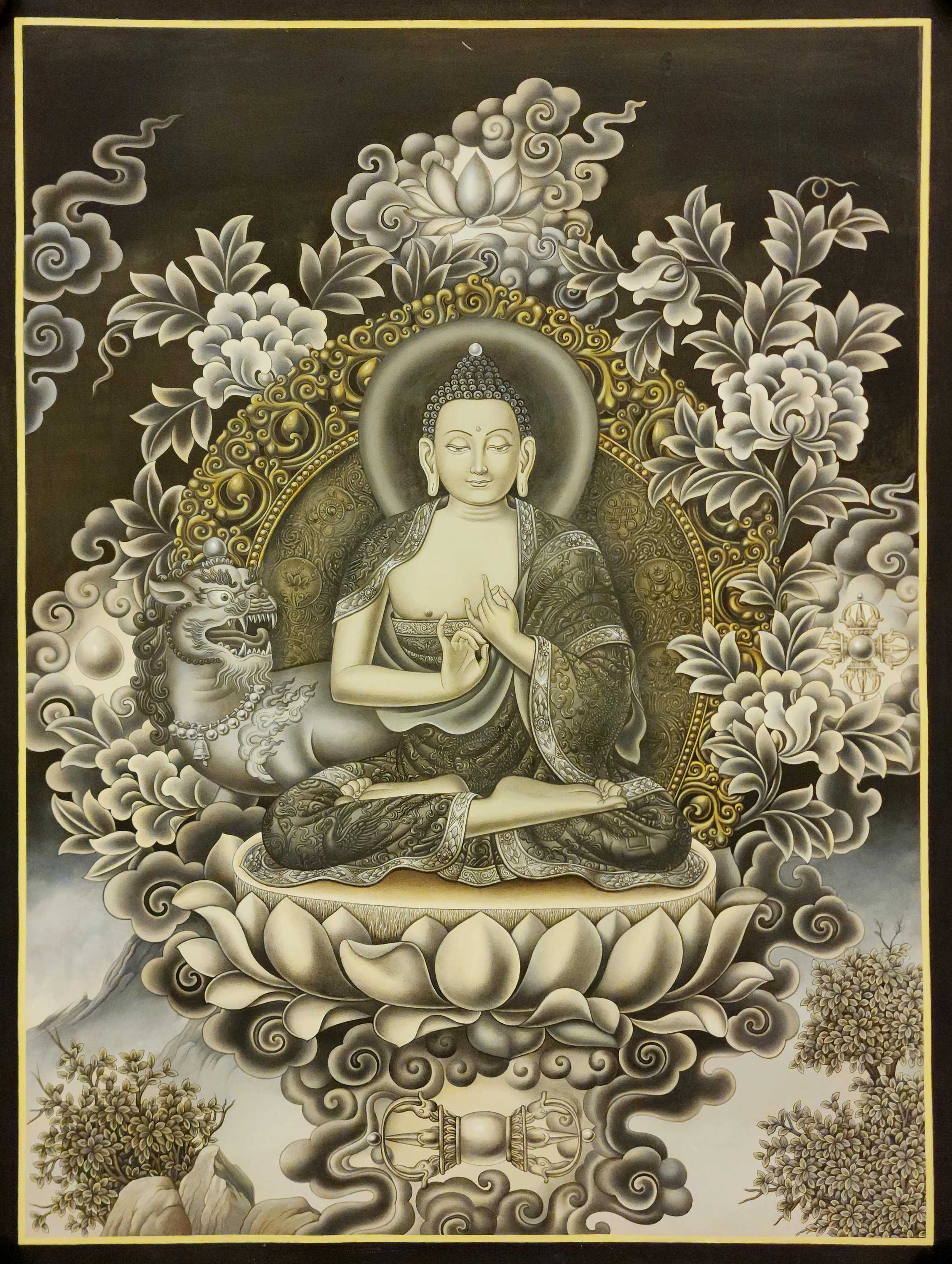 Master Quality, Buddhist Traditional Painting, Newari Style" title="Vairochana Buddha Thangka,
Master Quality, Buddhist Traditional Painting, Newari Style" title="Vairochana Buddha Thangka, 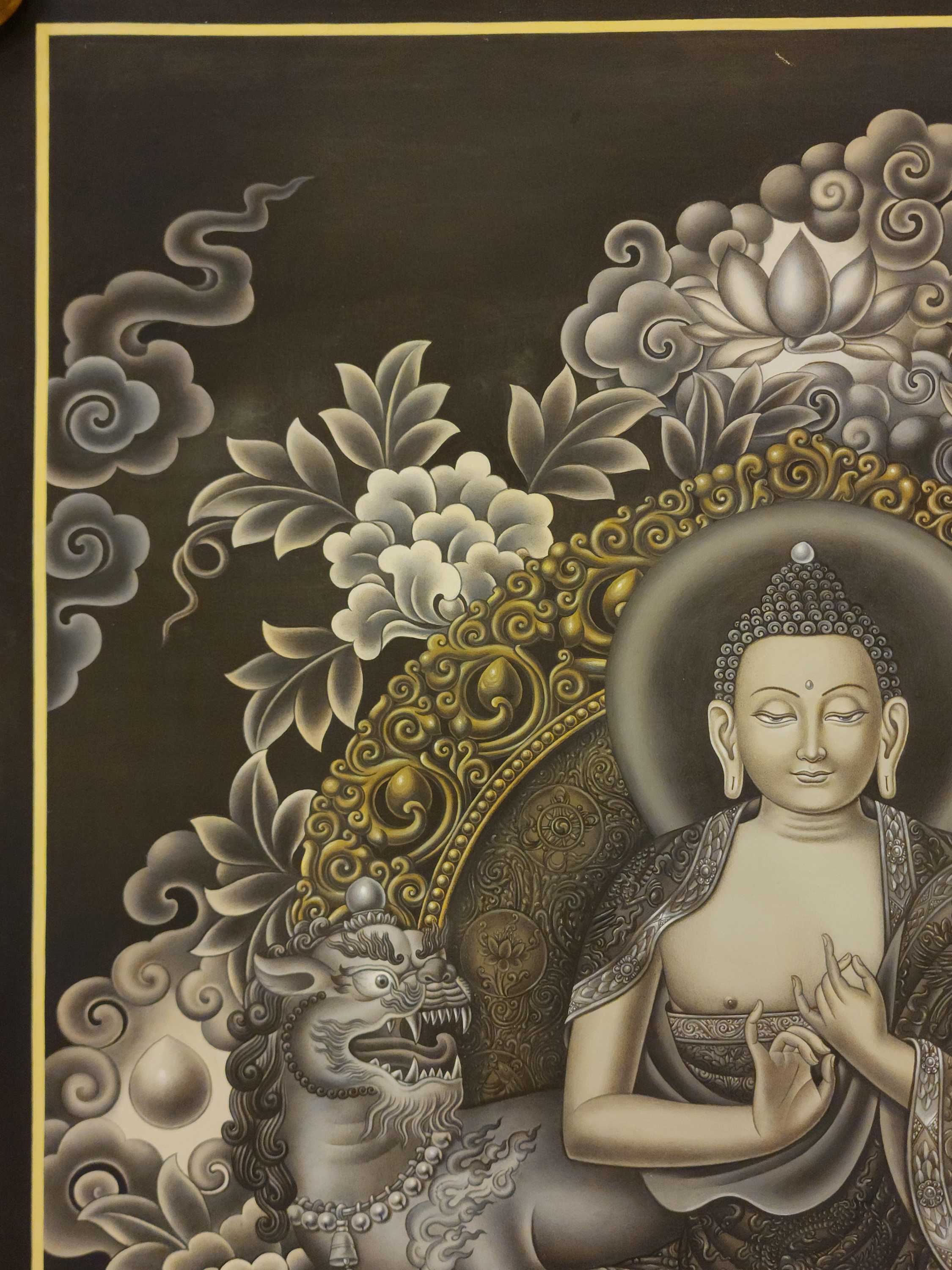 Master Quality, Buddhist Traditional Painting, Newari Style" title="Vairochana Buddha Thangka,
Master Quality, Buddhist Traditional Painting, Newari Style" title="Vairochana Buddha Thangka, 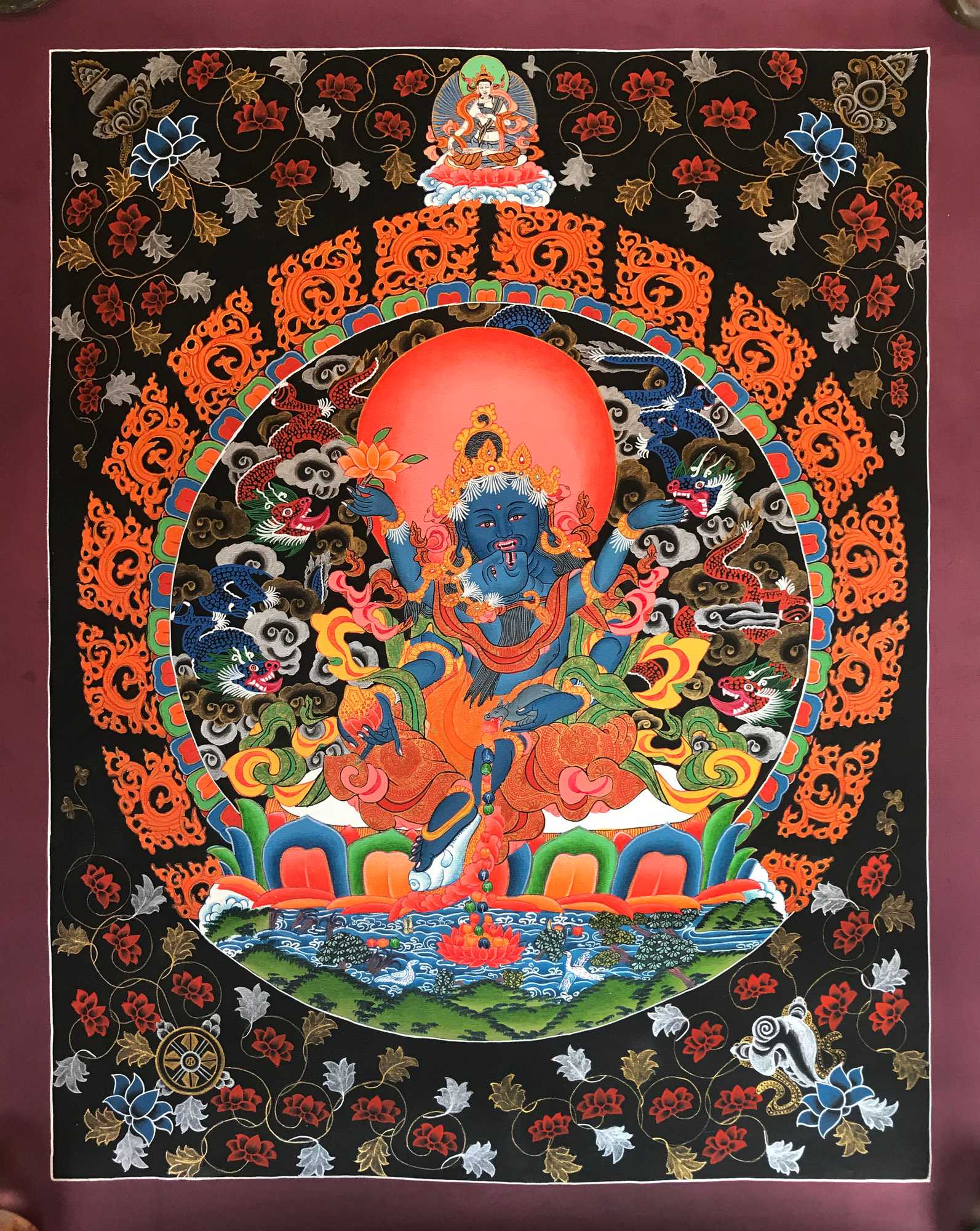 of Black Jambhala
of Black Jambhala 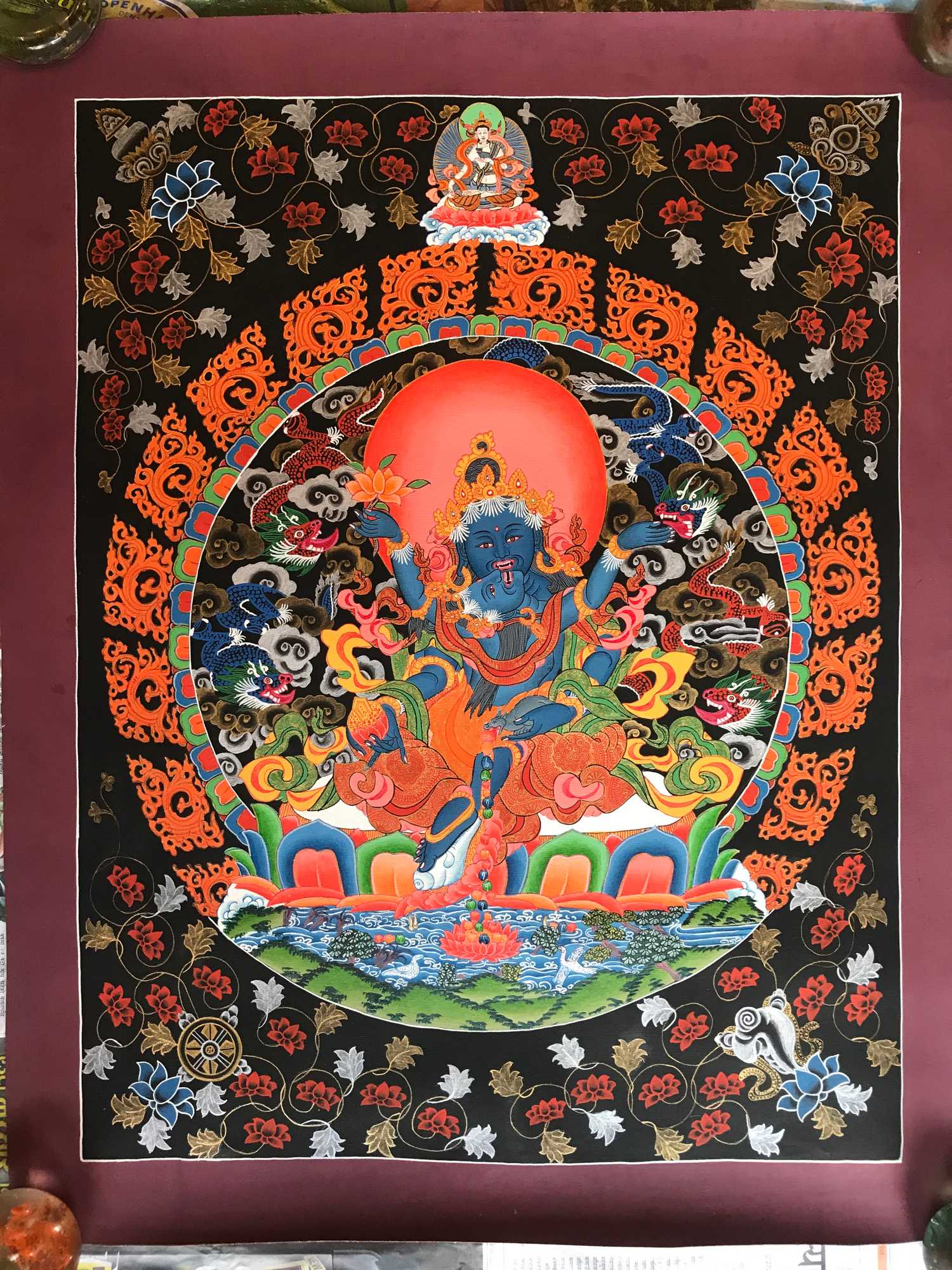 of Black Jambhala
of Black Jambhala 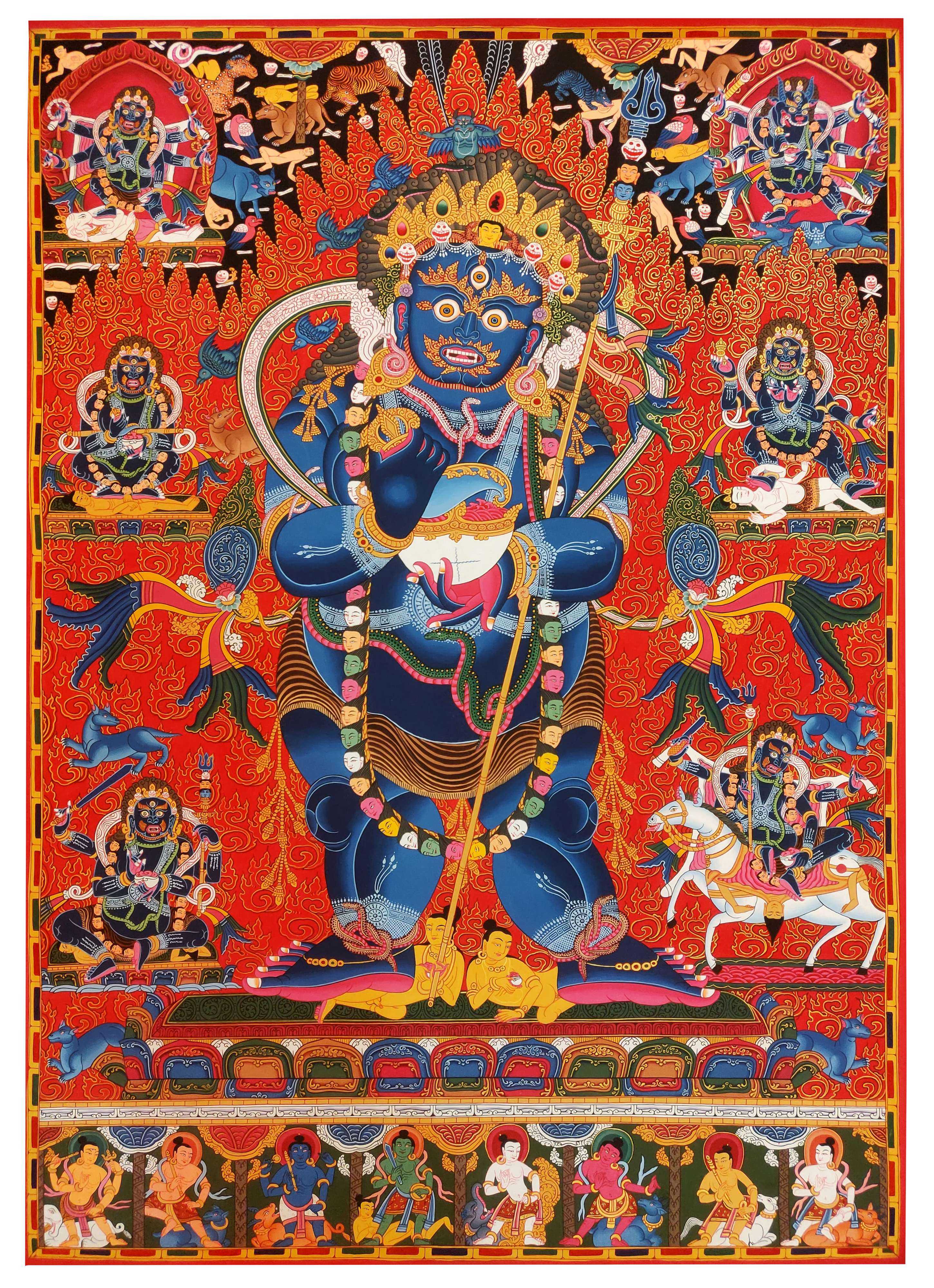 Real Gold" title="Mahakala Panjaranatha Thangka, Tibetan Buddhist Art, Hand Painted,
Real Gold" title="Mahakala Panjaranatha Thangka, Tibetan Buddhist Art, Hand Painted, 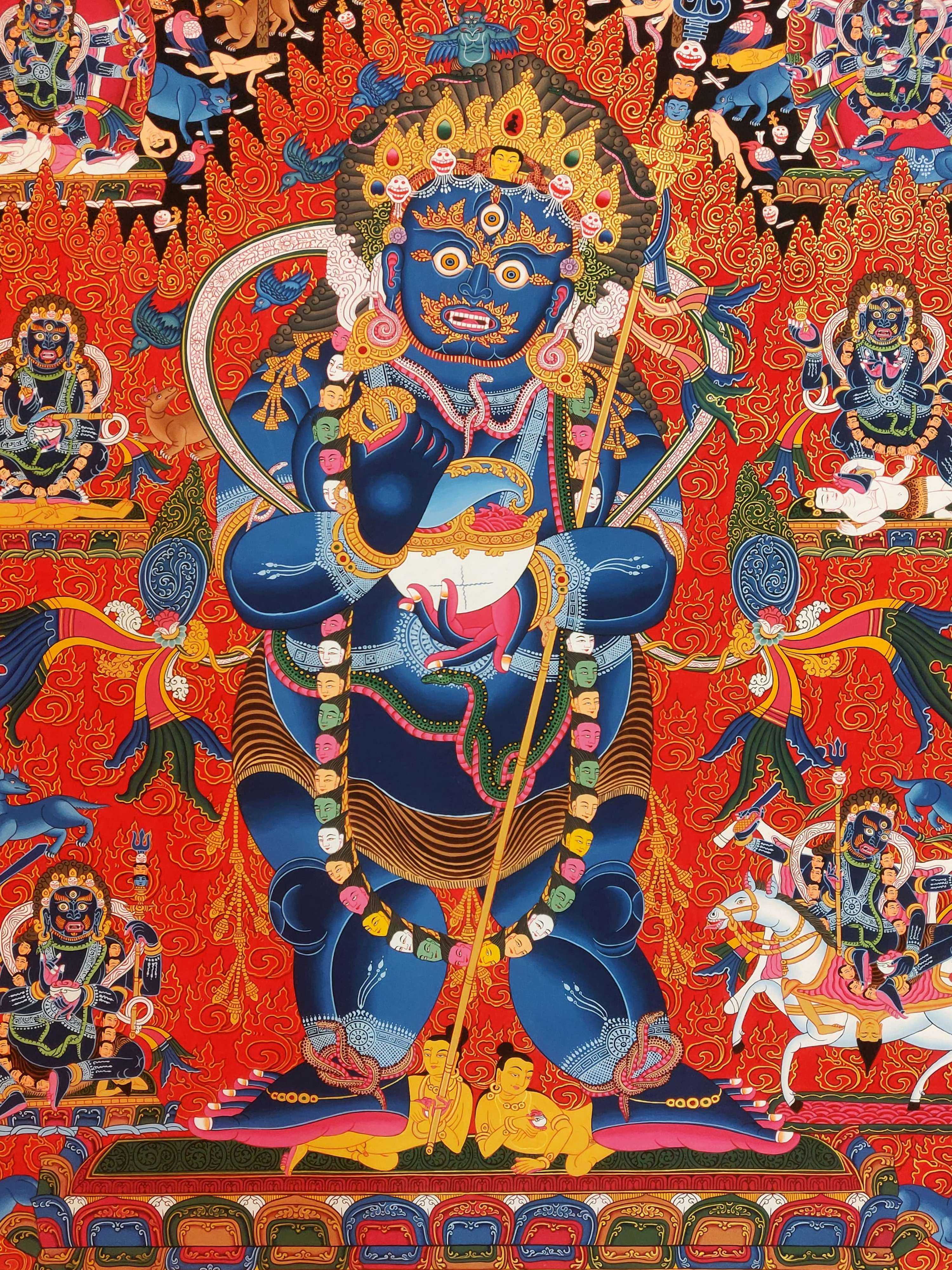 Real Gold" title="Mahakala Panjaranatha Thangka, Tibetan Buddhist Art, Hand Painted,
Real Gold" title="Mahakala Panjaranatha Thangka, Tibetan Buddhist Art, Hand Painted, 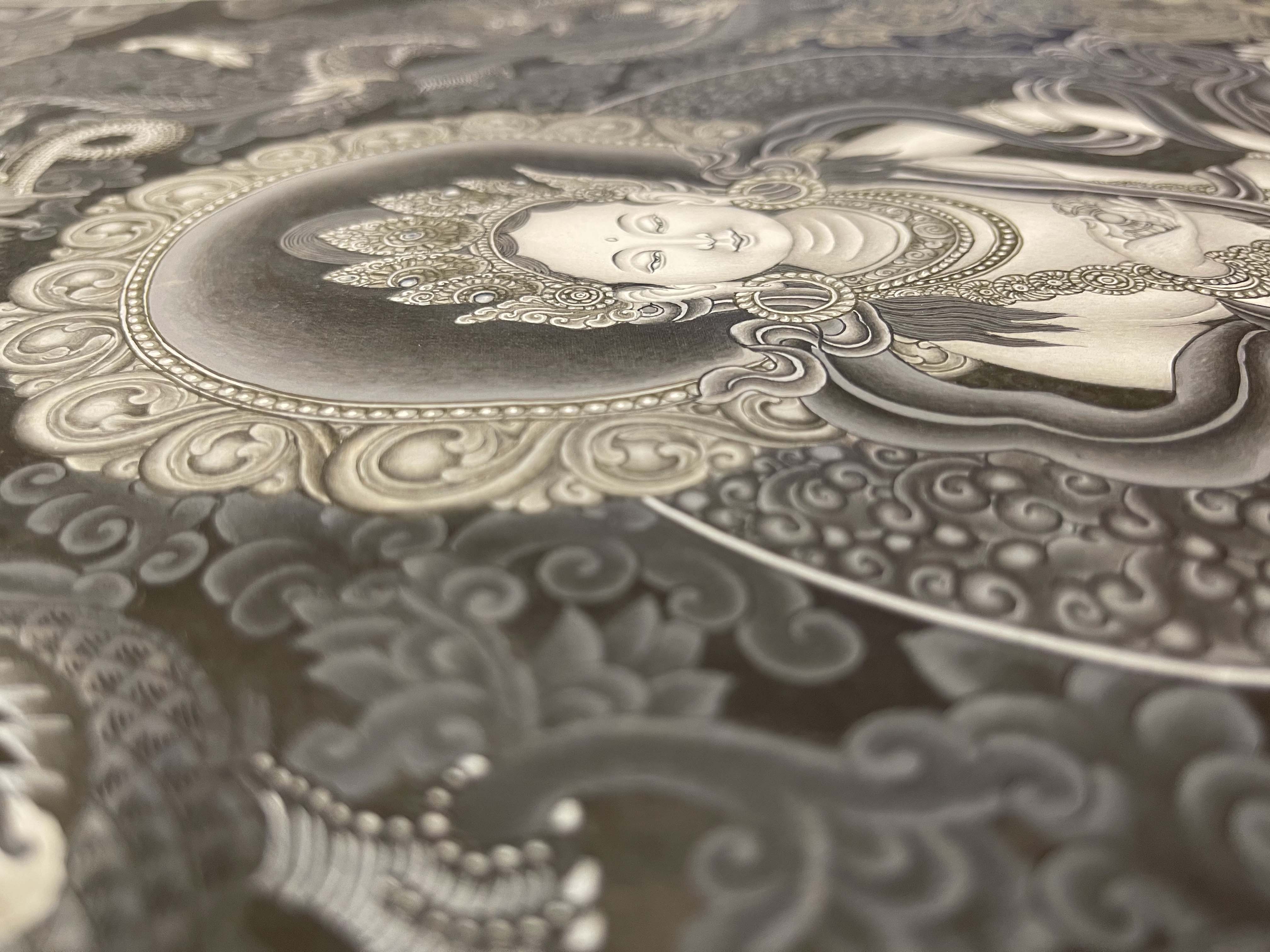 of Vajrasattva,
of Vajrasattva, 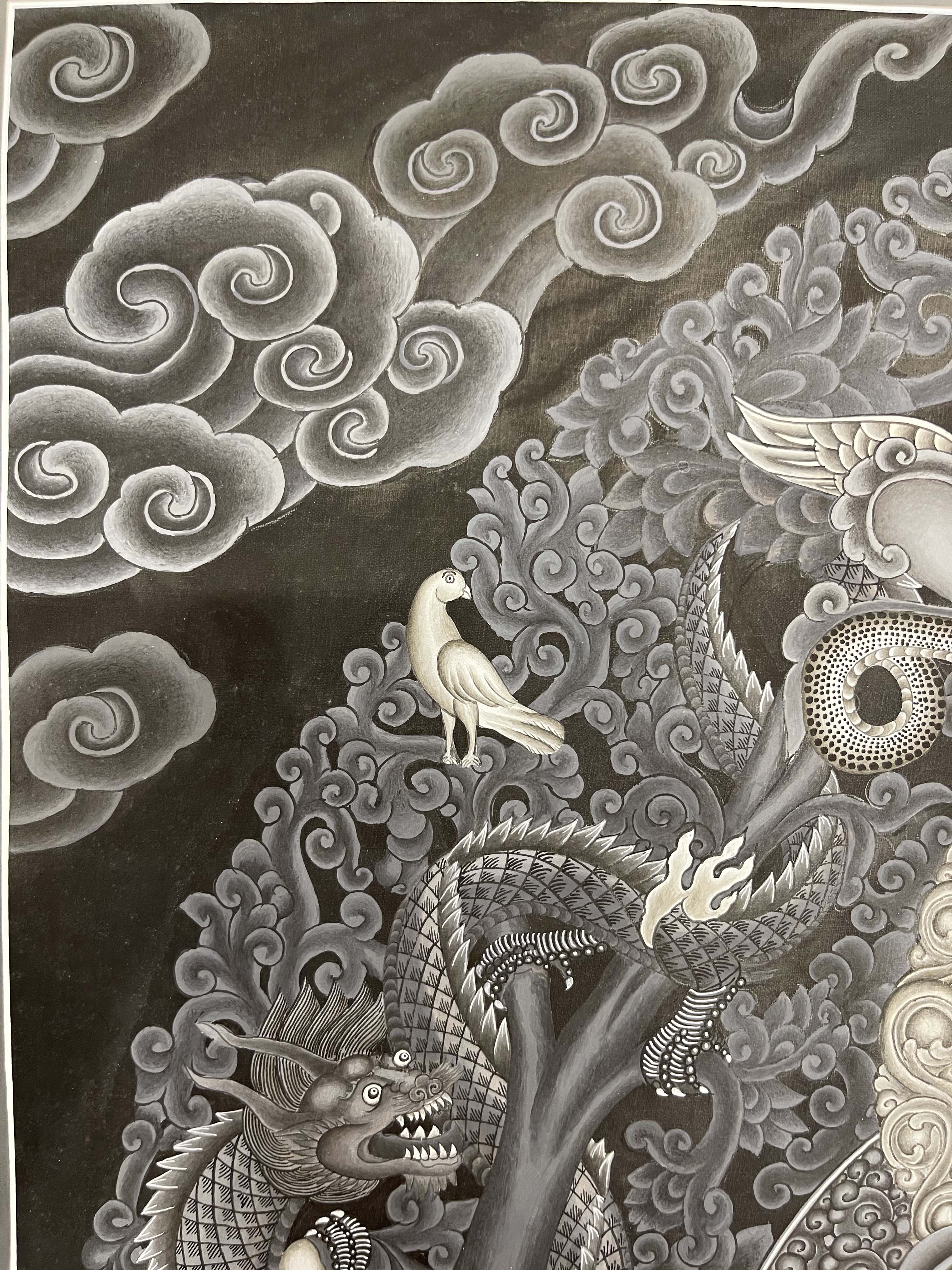 of Vajrasattva,
of Vajrasattva, 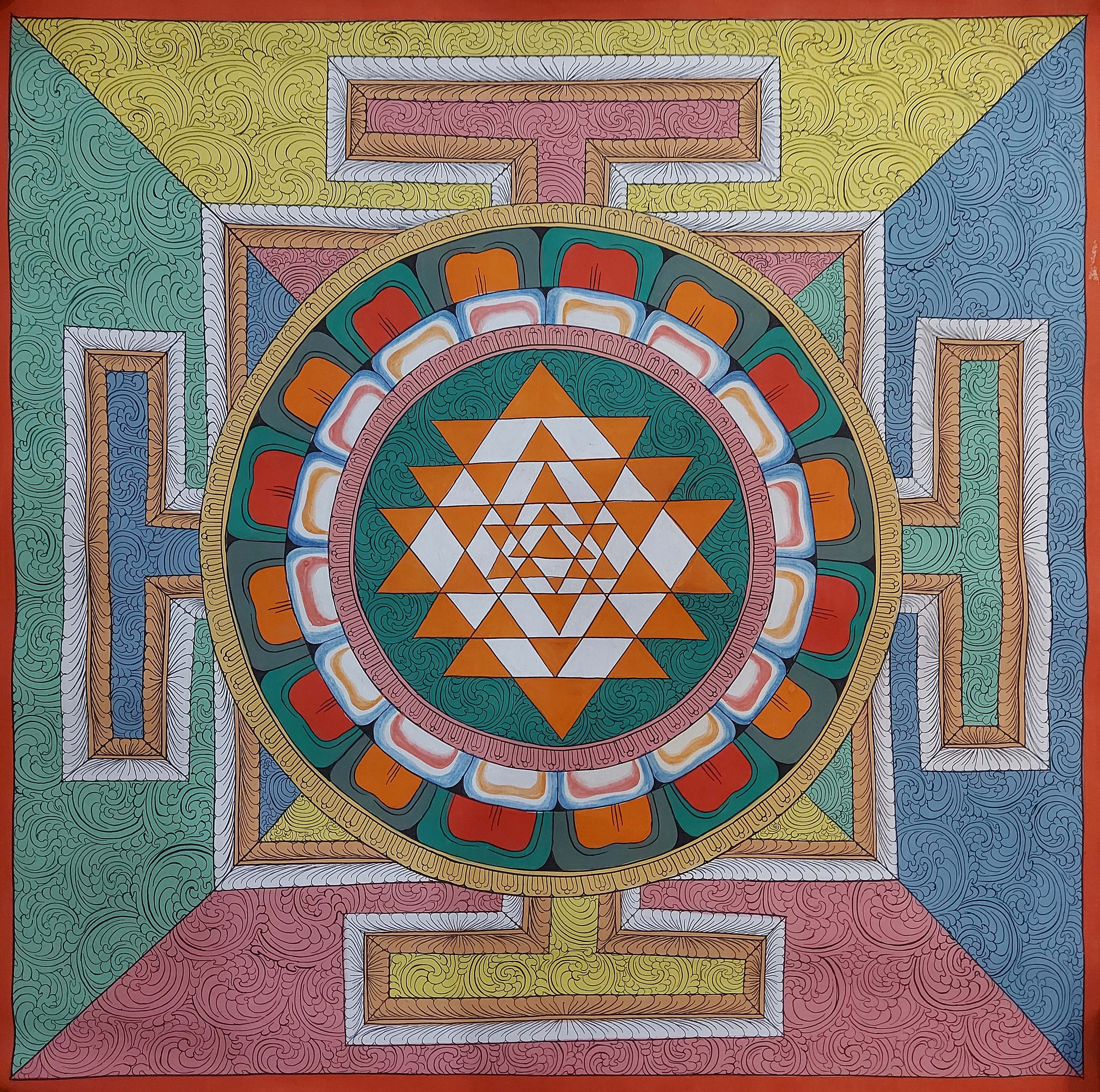 Art From Bhaktapur, Buddhist Handmade Thangka
Art From Bhaktapur, Buddhist Handmade Thangka 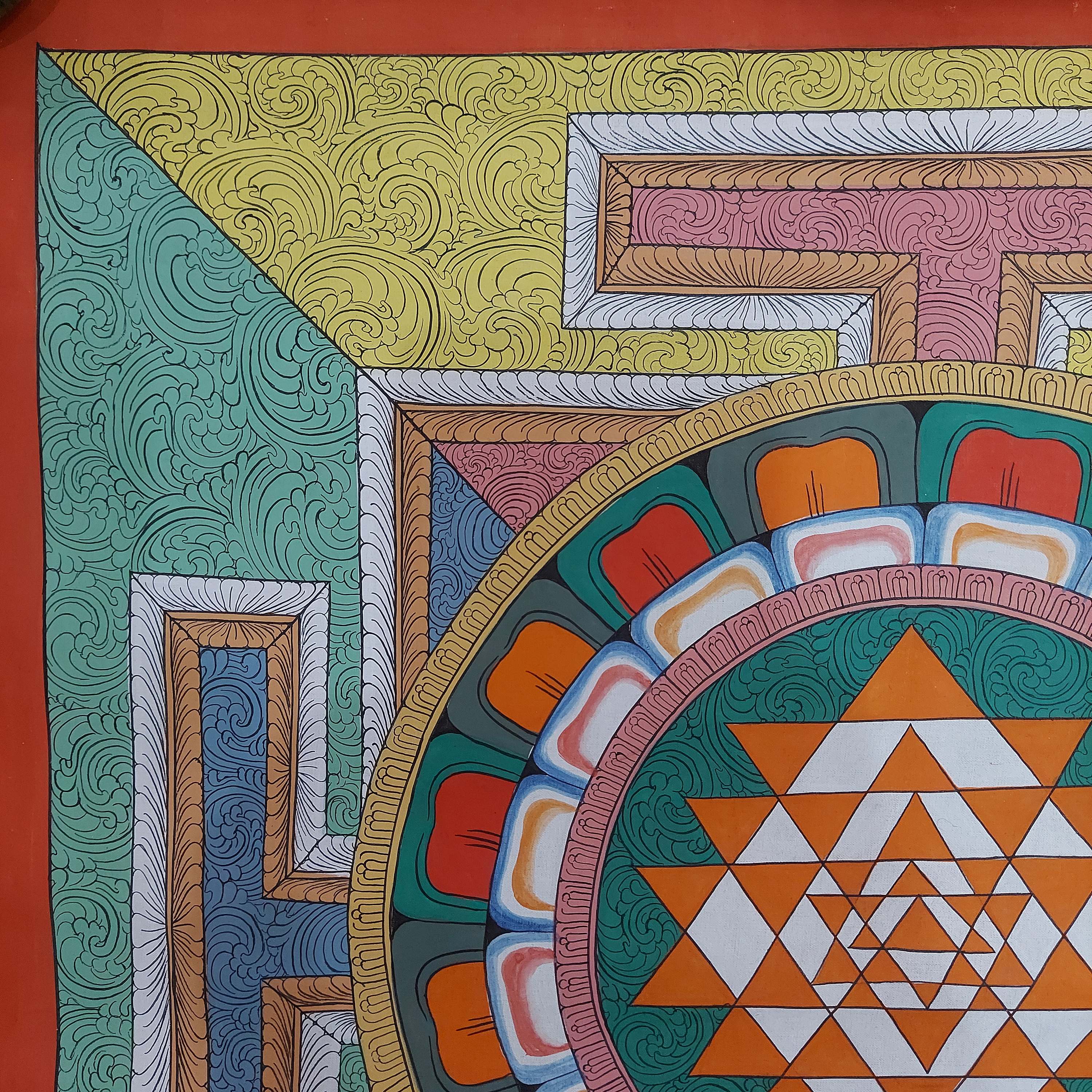 Art From Bhaktapur, Buddhist Handmade Thangka
Art From Bhaktapur, Buddhist Handmade Thangka 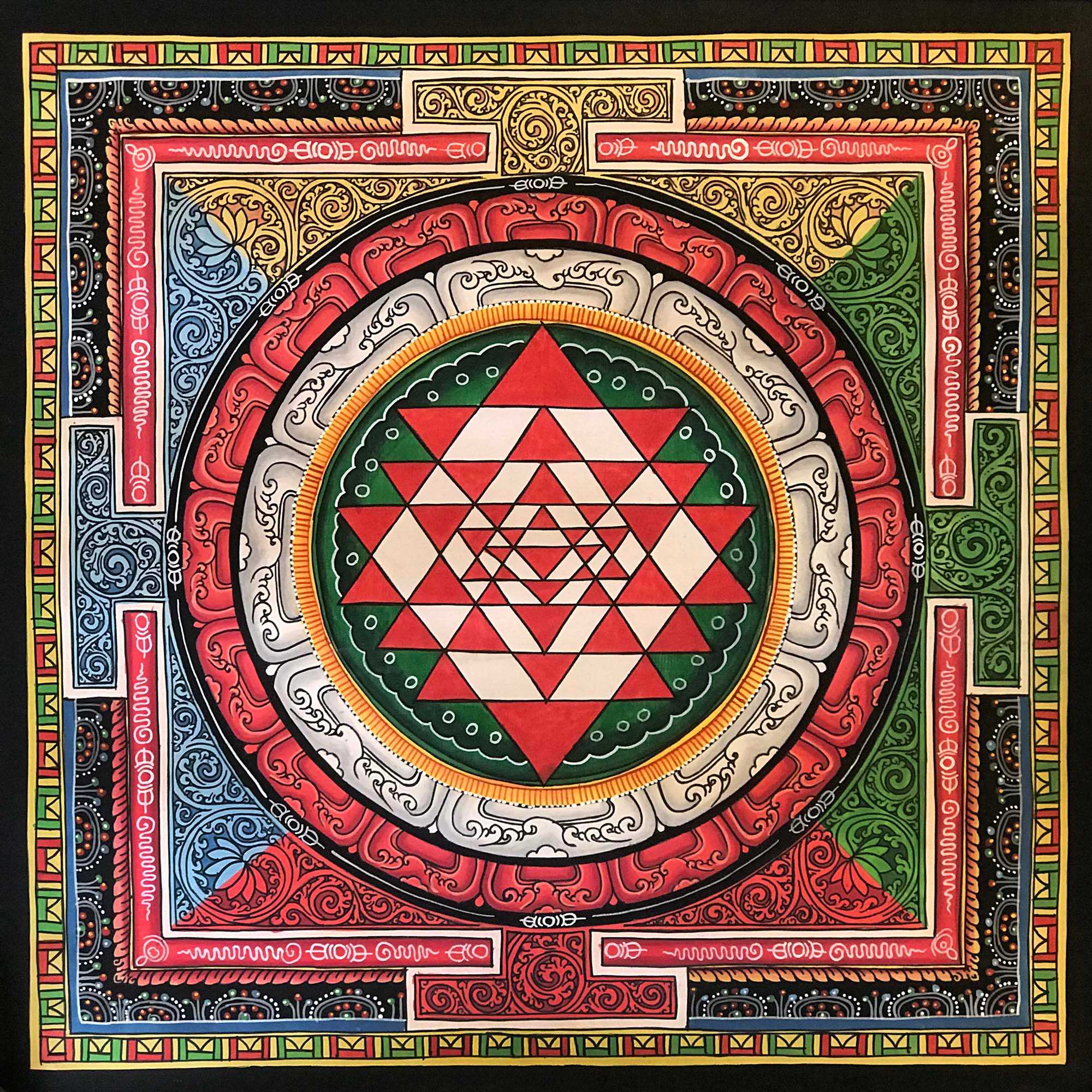 Newari Buddhist Thangka
Newari Buddhist Thangka 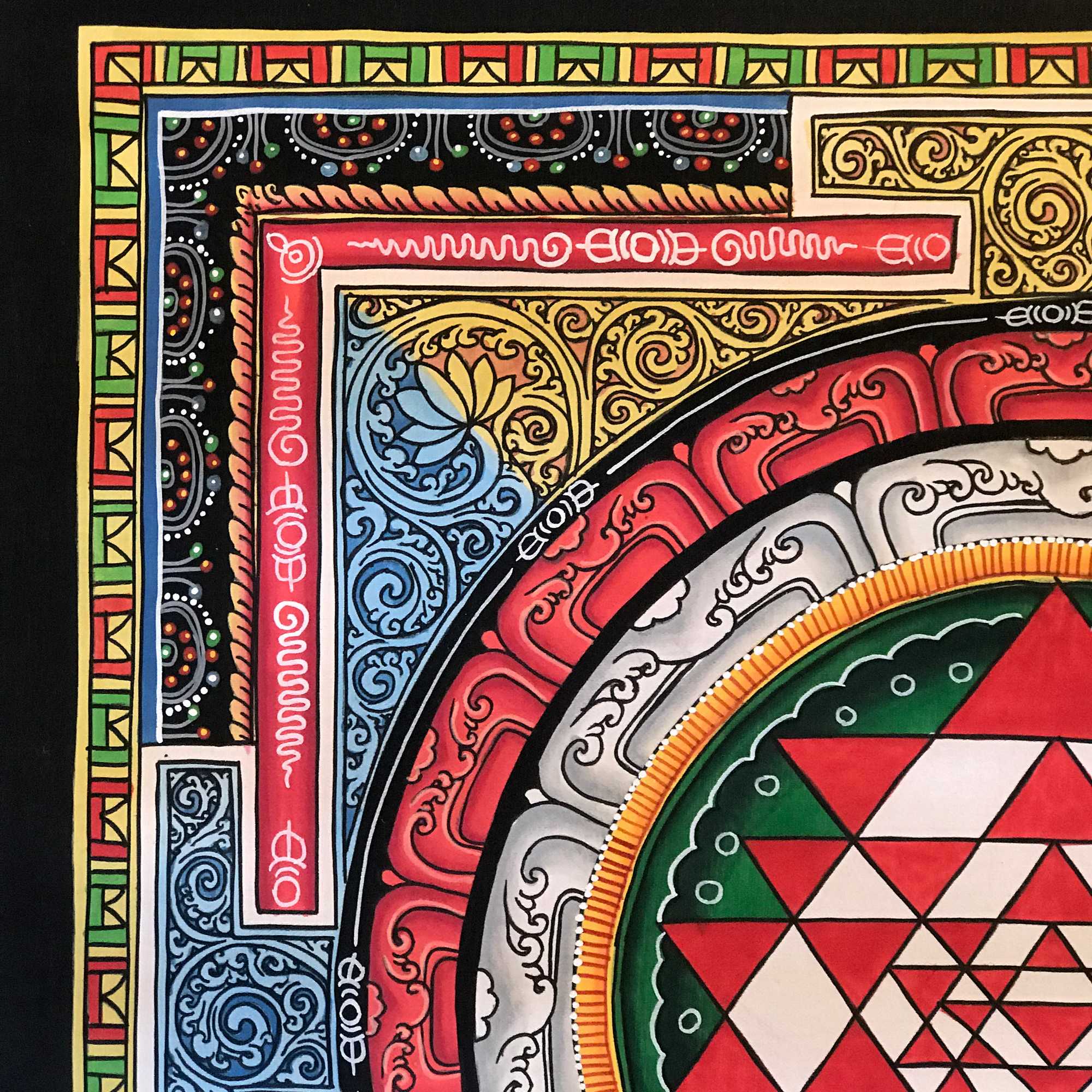 Newari Buddhist Thangka
Newari Buddhist Thangka 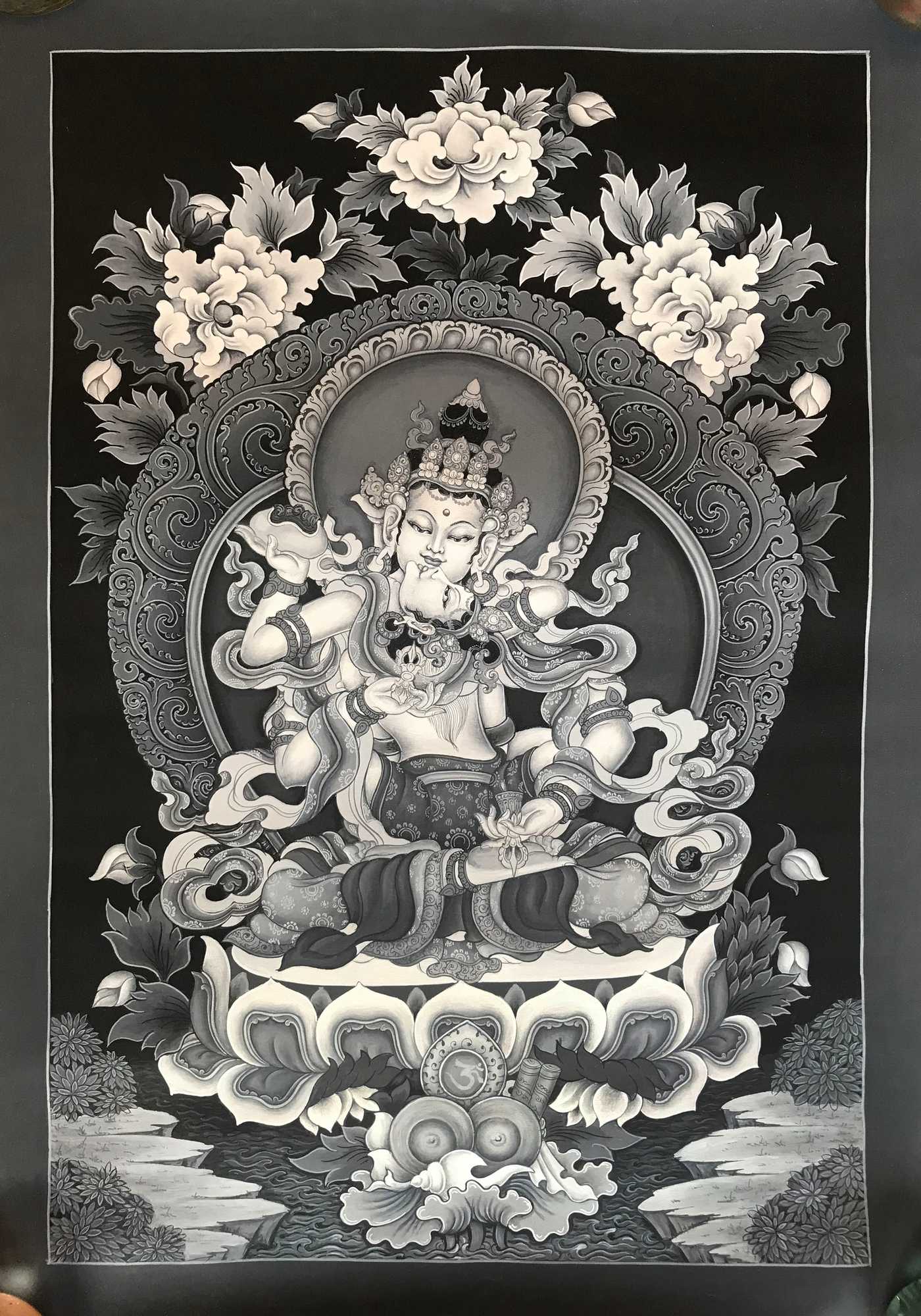 of Vajrasattva
of Vajrasattva 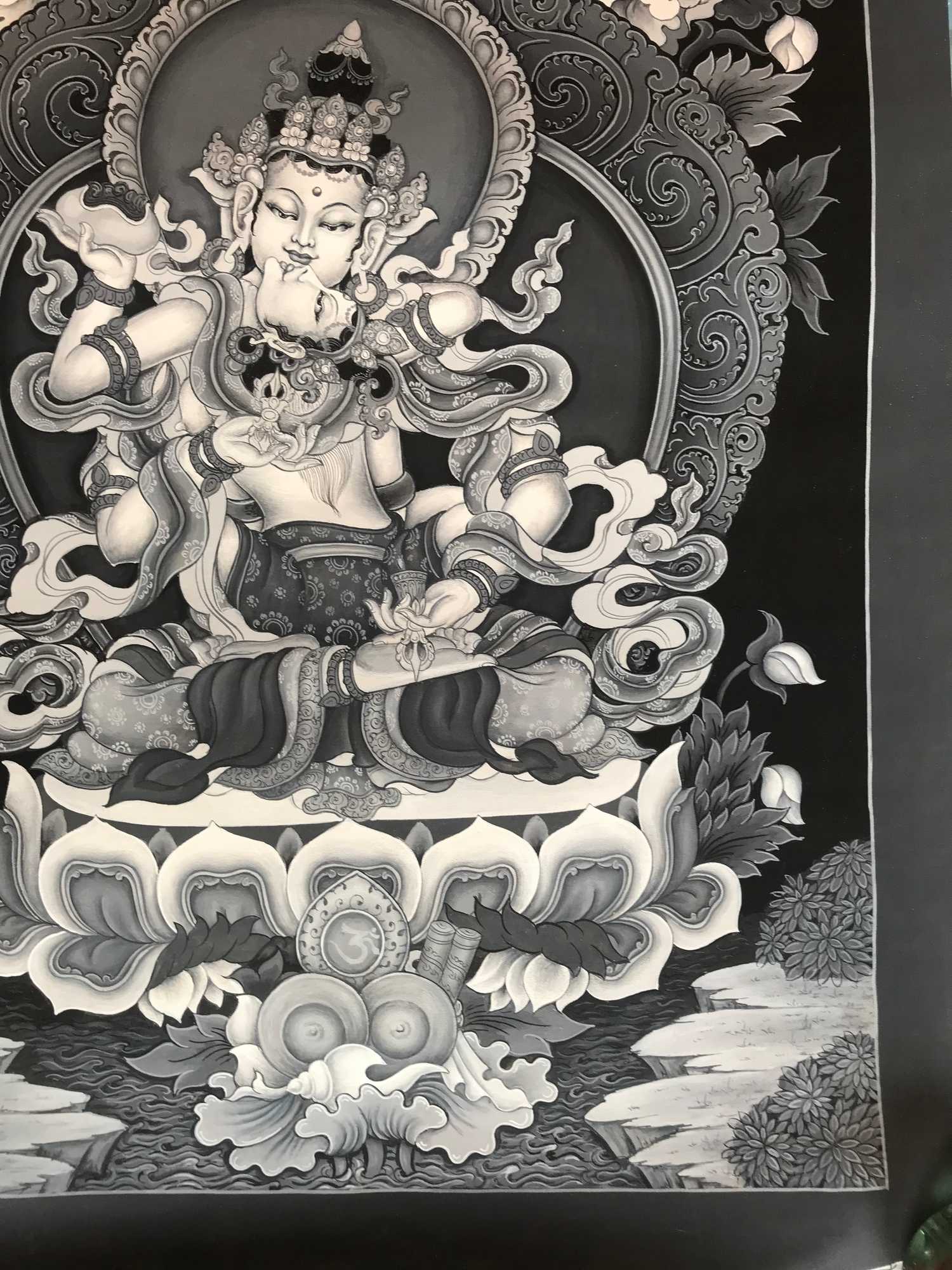 of Vajrasattva
of Vajrasattva